Description
BERTHOLD LB4460 Communication Manager – Centralized connectivity for radiometric measuring systems
The BERTHOLD LB4460 Communication Manager is designed to pull data from multiple BERTHOLD detectors and controllers and make it usable for your PLC/DCS. From my experience, it’s typically deployed as the central hub in radiometric level, density, or moisture applications, collecting 4–20 mA or digital signals and publishing them over common industrial protocols like Modbus or PROFIBUS. You might notice that it simplifies mixed-protocol plants—one unit, clean wiring, clear diagnostics.
Company’s Order Placement Process and Guarantees
- Warranty period: 365 days
- Delivery time: 1 week for in-stock items; no more than one month at the latest
- Payment terms: 50% advance payment; full payment before delivery
- Express delivery methods: FedEx, UPS, DHL
We typically pre-test interfaces and I/O before dispatch. Traceable packing list and basic power-on check report are included.
Key Features
- Multi‑protocol gateway – Aggregates detector signals and exposes them to PLC/DCS via Modbus (RTU/TCP) or PROFIBUS DP, depending on option set.
- Channel consolidation – Supports multiple detector inputs, so you can manage several radiometric points from one device.
- 4–20 mA and discrete I/O – Typical analog input/output and relay contacts for alarms, interlocks, or status.
- DIN‑rail friendly – Compact enclosure for control cabinet mounting; wiring stays tidy and serviceable.
- Diagnostics & status – Clear indication of communication state, I/O health, and device status; reduces troubleshooting time.
- Industrial‑grade build – Designed for process plants; operates reliably over a broad temperature range.
Technical Specifications
| Brand / Model | BERTHOLD LB4460 Communication Manager |
| HS Code | 9032.89 (Automatic regulating or controlling instruments; actual classification may vary by region) |
| Power Requirements | 24 VDC nominal (typically 18–36 VDC), approx. 5–10 W |
| Dimensions & Weight | Approx. 130 × 100 × 60 mm; ~0.5 kg (DIN‑rail housing) |
| Operating Temperature | –20 to +60 °C (typical control cabinet environments) |
| Signal Input/Output Types | 4–20 mA analog, digital inputs, relay outputs (NO/NC) for alarms/status |
| Communication Interfaces | RS‑485 (Modbus RTU), PROFIBUS DP, Ethernet (Modbus TCP); service/maintenance port depending on version |
| Installation Method | DIN‑rail EN 60715; panel mounting kit available in many cases |
| Channel Capacity | Typically up to 4 detector channels per unit (application-dependent) |
| Protection Rating | IP20 (for installation inside a protective control cabinet) |
Note: Interface options and channel count can vary by configuration. If you share your exact detector models and PLC protocol, we’ll match the correct variant.
Application Fields
- Radiometric level and density measurement in chemical and petrochemical plants
- Slurry density and thickener control in mining and minerals processing
- Clinker, kiln feed, and raw meal monitoring in cement production
- Coke oven and blast furnace processes in steel and metallurgy
- Bulk material handling and silo inventory where non-contact measurement is preferred
A maintenance lead in a copper concentrator told us the LB4460 helped them put three density points on a single RS‑485 trunk, and what used to be an afternoon of chasing loose wiring became a quick look at the diagnostics page.
Advantages & Value
- Reliability – Industrial design with stable communications; fewer intermittent I/O faults in most cases.
- Compatibility – Works with common PLC/DCS platforms via Modbus or PROFIBUS; easy scaling into existing cabinets.
- Cost savings – Consolidating multiple detectors reduces analog cards and cabling; simplified commissioning typically cuts startup time.
- Support – We can preconfigure network parameters and I/O mapping to your tag list, so site time is shorter.
Installation & Maintenance
- Cabinet environment – Mount on DIN‑rail inside a ventilated cabinet; keep ambient within –20…+60 °C and avoid condensation.
- Power & grounding – 24 VDC supply with proper grounding; use a clean, fused source. From my experience, adding surge protection and ferrites helps in noisy areas.
- Wiring – Use shielded twisted pair for RS‑485; terminate and bias per segment length. Keep analog lines separated from high‑voltage runs.
- Safety – De‑energize circuits before servicing; respect plant lockout/tagout procedures. Radiometric detectors have their own safety rules—follow OEM instructions.
- Routine care – Periodic check of terminal tightness, review of diagnostic logs, and backup of configuration. Firmware updates can be applied during scheduled downtime if available for your version.
Quality & Certifications
- CE conformity (EMC and Low Voltage Directives)
- RoHS compliant
- Manufacturer quality system typically ISO 9001
- Warranty: 365 days (our supply warranty); extended options available on request
If you share the PLC brand, preferred protocol, and number of detector channels, we’ll confirm the LB4460 variant, map the tags, and schedule a quick ship window. One thing I appreciate is how predictable commissioning becomes when we match the wiring diagram and protocol ahead of time.

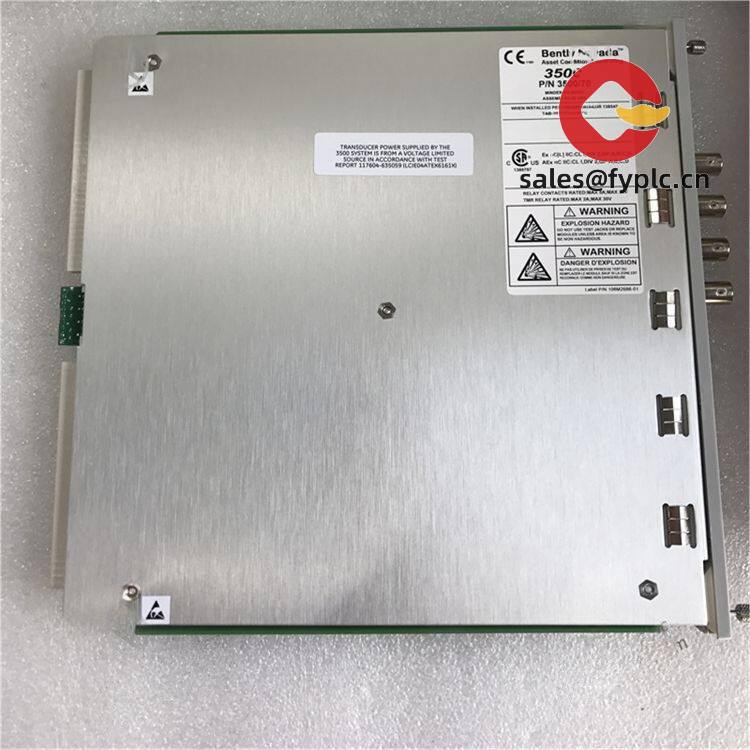
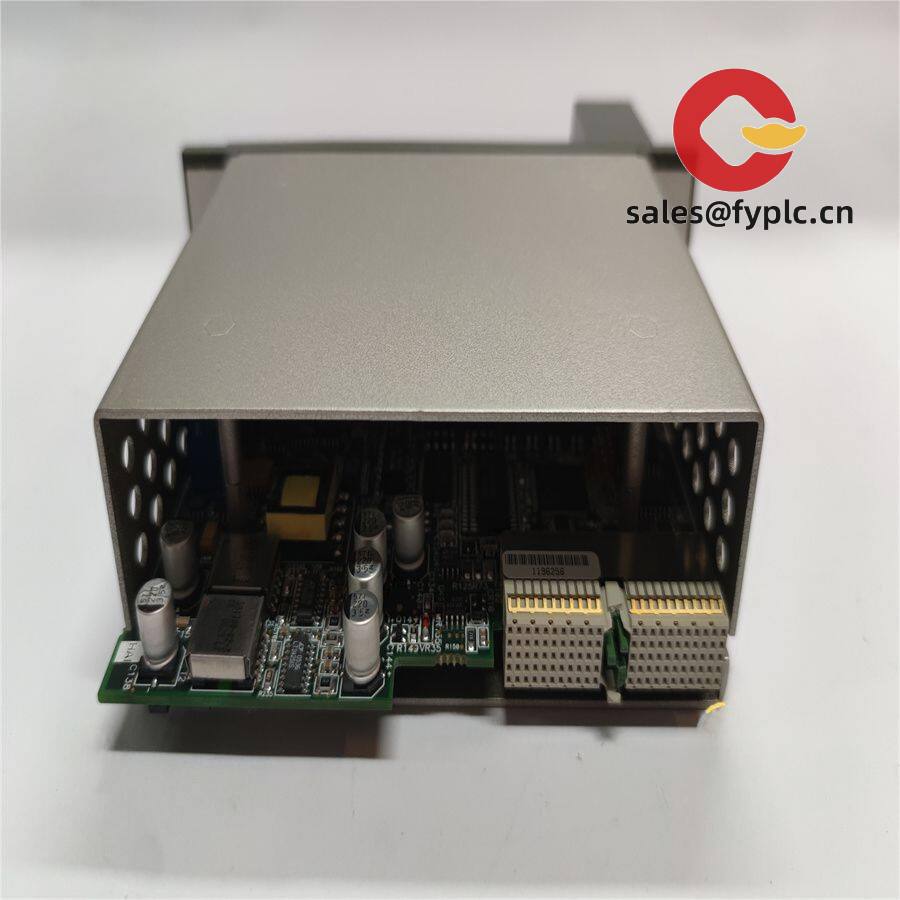

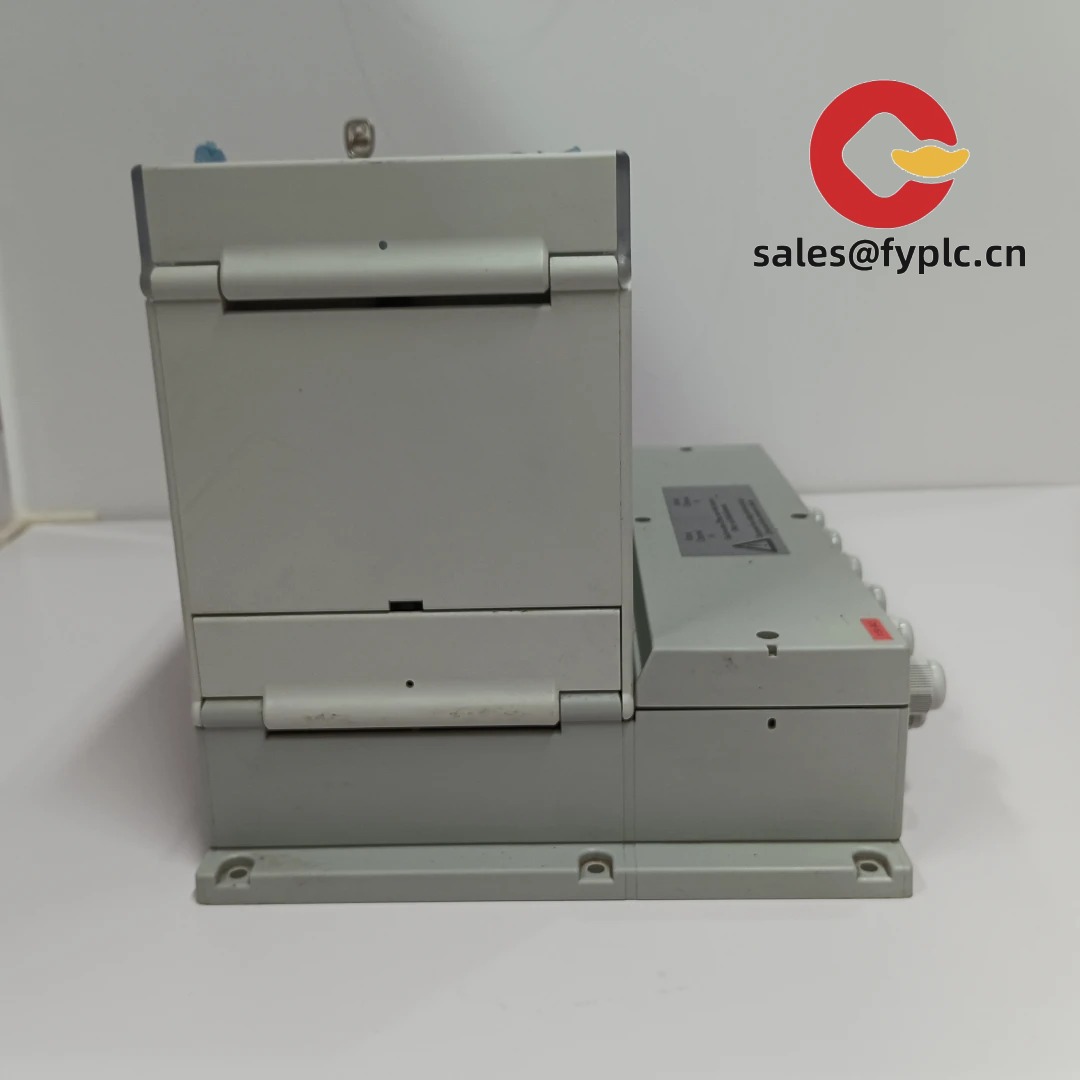

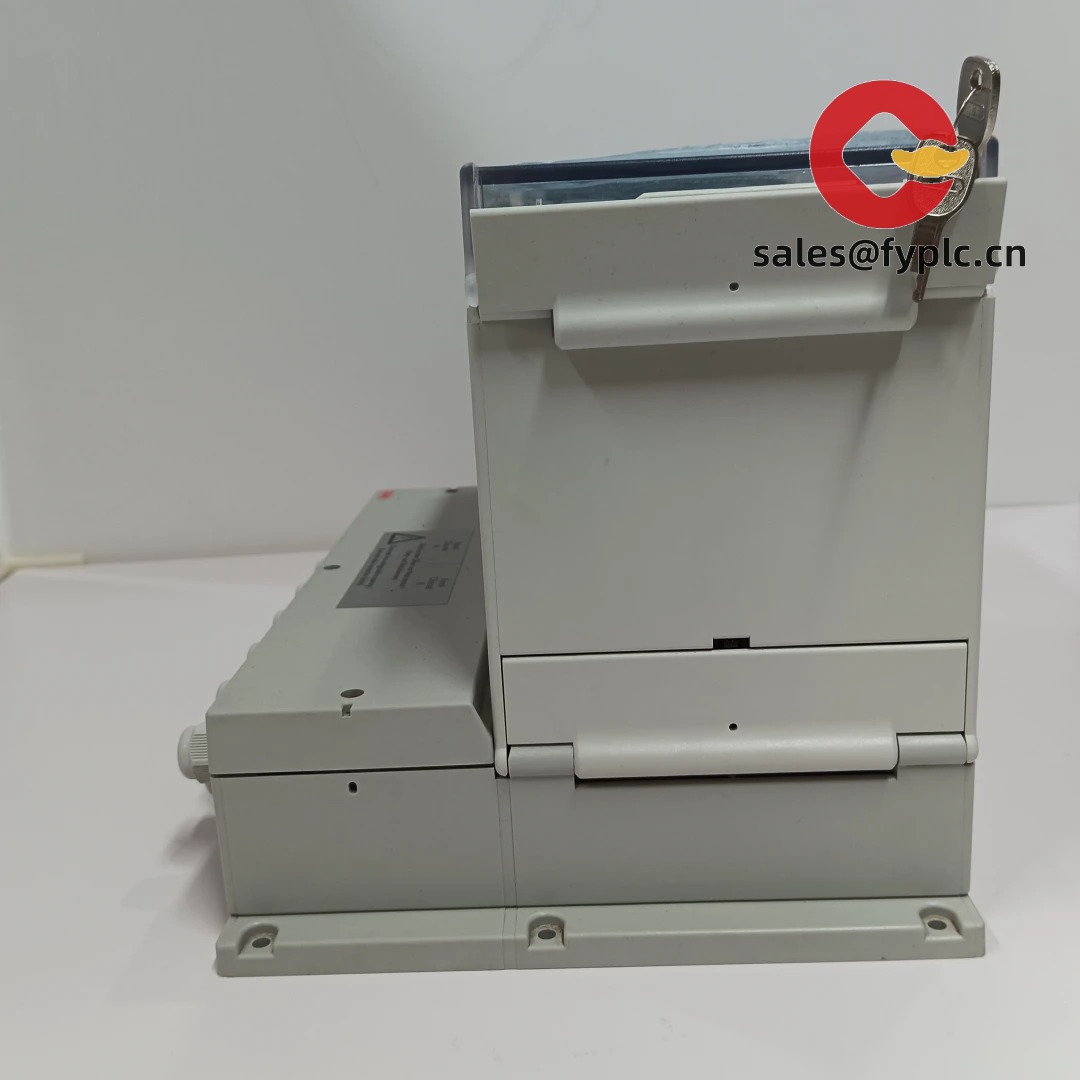
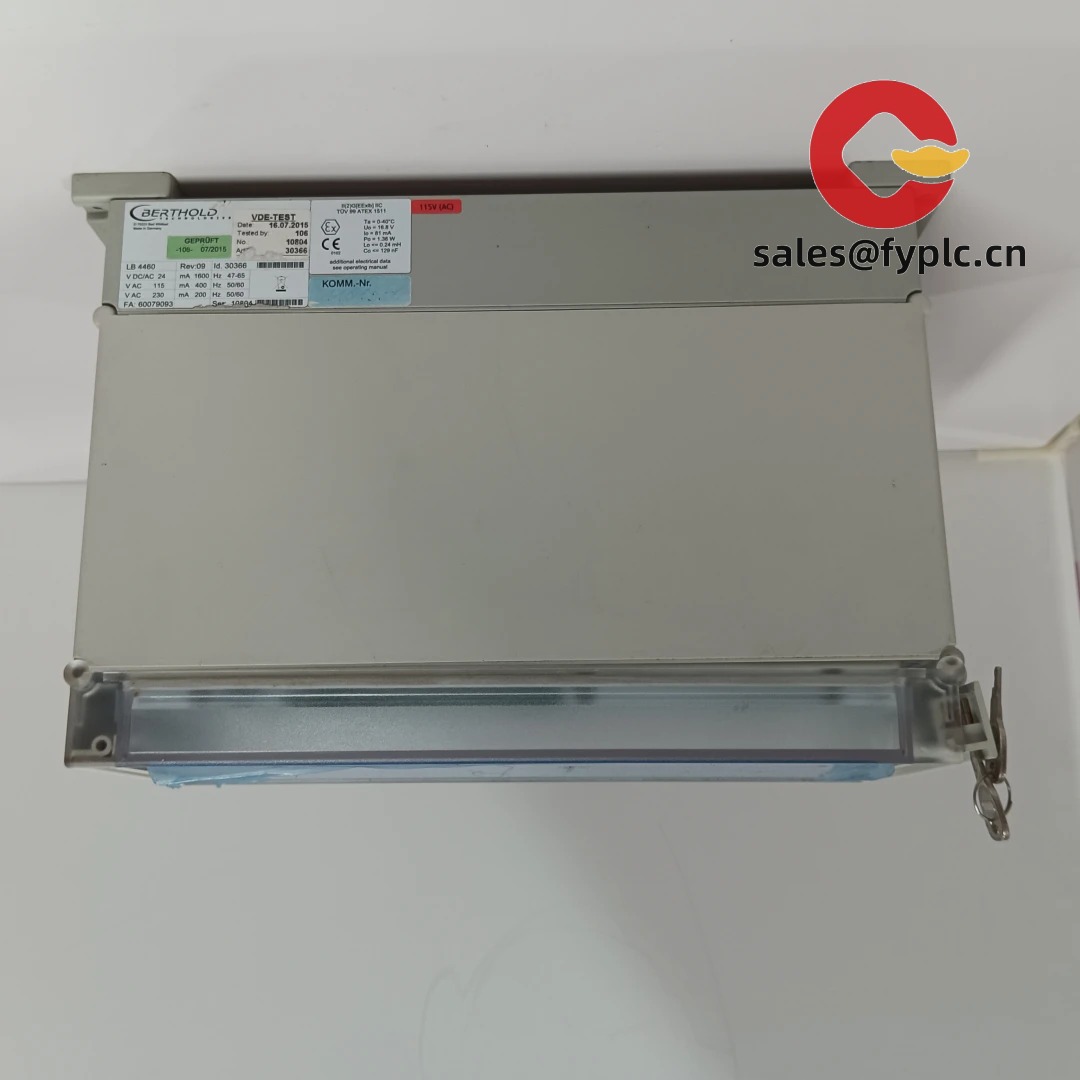


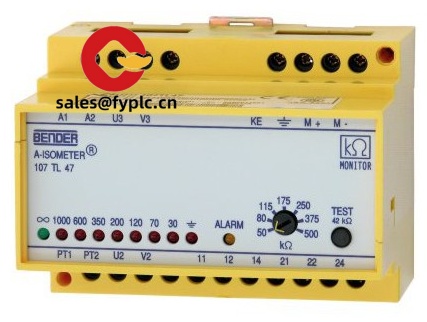
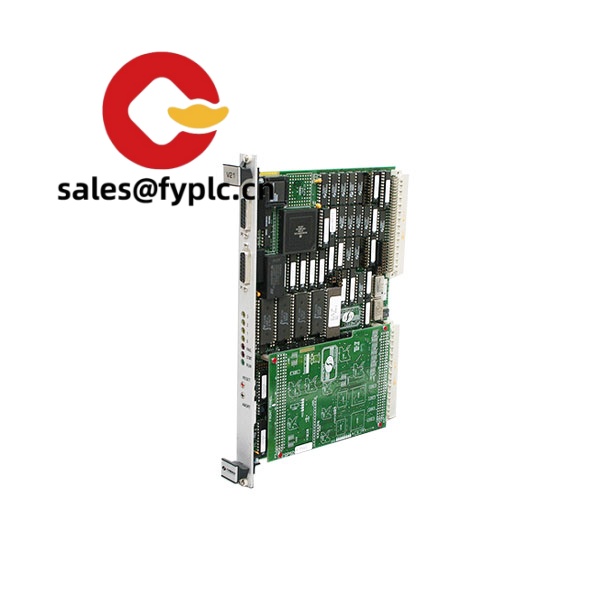

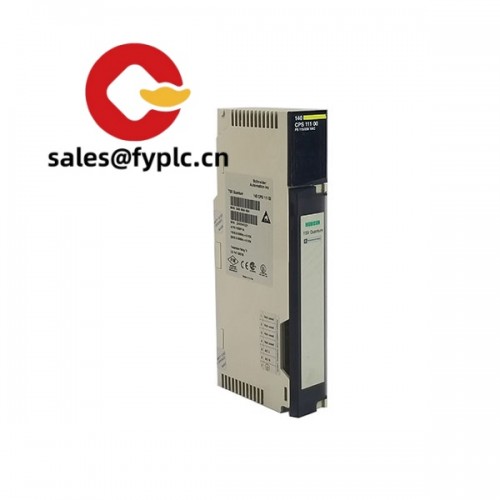

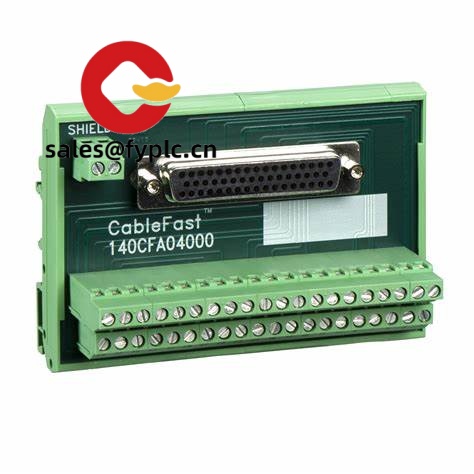
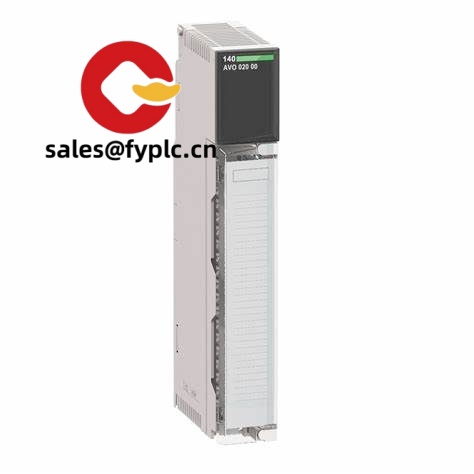


Reviews
There are no reviews yet.